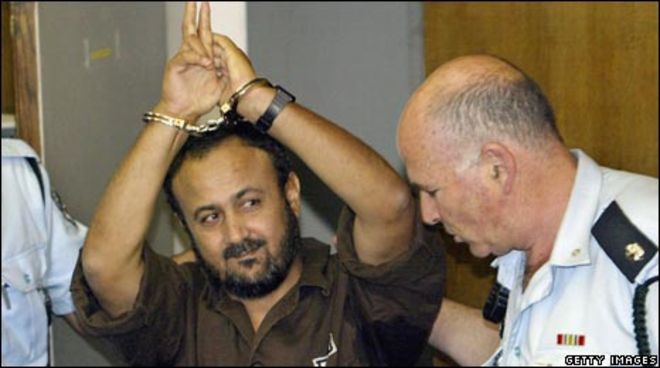Tag: New York Times
-
Your Palestinian Gandhis exist… in graves and prisons
Alison Weir | Counterpunch 8 January 2010 Dear Bono, In your recent column in the New York Times, “Ten for the Next Ten,” you wrote: “I’ll place my hopes on the possibility — however remote at the moment — that…people in places filled with rage and despair, places like the Palestinian territories, will in the…
-
A harsh reality for Palestinians
Ahmad Tibi | The New York Times 6 April 2009 JERUSALEM — The right-wing coalition of the new Israeli prime minister, Benjamin Netanyahu, does not bode well for Palestinians in Israel. With the appointment of Avigdor Lieberman as foreign minister, the extremists are going after the indigenous population and threatening us with loyalty tests and…

